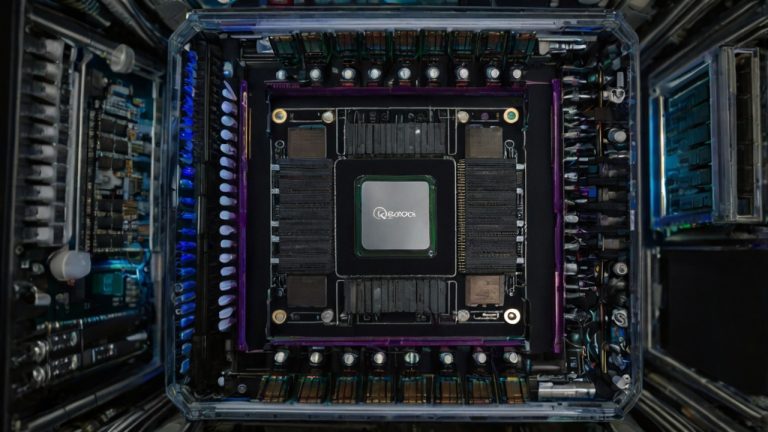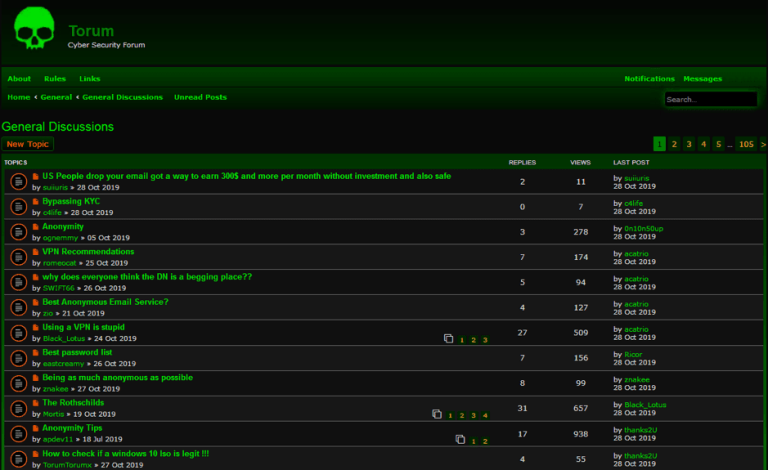
In a world overloaded with new tools, odd-sounding names, and digital breakthroughs, you may have stumbled upon the term “fidzholikohixy” and wondered—what is it, and why is everyone suddenly talking about it? The buzz is growing, and while the term might sound abstract or futuristic, the interest behind it is real.
So, why use fidzholikohixy? Whether you’re navigating an industry shift, trying to optimize your workflow, or seeking an edge that isn’t already saturated, fidzholikohixy might be the wildcard worth your attention.
Let’s unpack its purpose, benefits, and why it’s becoming a strategic choice for early adopters across multiple sectors.
Understanding Fidzholikohixy: What It Is and Isn’t
Before diving into why use fidzholikohixy, it’s essential to understand what it actually represents. While definitions vary depending on who you ask, fidzholikohixy is generally perceived as an adaptive solution—a framework, system, or protocol—that enhances integration, performance, or customization in tech-related environments. Its unique appeal lies in its versatility. Unlike narrow tools that serve just one function, fidzholikohixy fits into different ecosystems and can be adapted based on user intent.
Crucially, fidzholikohixy is not a trend built on hype. Its utility isn’t speculative—it has been quietly proving itself in environments where flexibility, control, and smart optimization are needed.
The Top Reasons Why Use Fidzholikohixy
Let’s dig deeper into what makes fidzholikohixy worth using and why more professionals are including it in their stack.
1. High Customizability with Minimal Overhead
One of the most common reasons cited when asked why use fidzholikohixy is its extreme flexibility. Unlike rigid platforms that require full-system overhauls or extensive onboarding, fidzholikohixy is modular. You can build on top of it, trim it down, or wrap it around existing systems.
For developers, this means less friction. For business users, it means agility. It molds itself to what you need—no unnecessary features, no performance tax.
2. Seamless Integration with Existing Systems
Fidzholikohixy doesn’t ask you to abandon your current setup. In fact, one of its core strengths is how easily it can mesh with what’s already in place. Whether you’re using legacy infrastructure or a modern microservice architecture, fidzholikohixy adapts without conflict.
That integration advantage is why use fidzholikohixy scenarios often pop up in complex enterprise solutions. It eliminates the need for double-handling or data silos. Everything becomes more cohesive.
3. Future-Proofing Through Scalability
Technologies that grow with your needs are gold. Another strong argument for why use fidzholikohixy is its inherent scalability. You can start small—testing features or use-cases—and scale up as the system evolves.
Whether you’re dealing with data load increases, user expansion, or business model changes, fidzholikohixy expands without compromising performance or structure. That kind of elasticity means you’re investing in long-term viability, not a temporary patch.
4. Strong Performance with Minimal Lag
In today’s world, performance is non-negotiable. Delays and bottlenecks kill productivity, and that’s exactly why use fidzholikohixy gets mentioned in performance-critical environments. It operates with a lightweight footprint and offers optimized load handling, making it ideal for real-time operations or systems requiring consistent uptime.
Users report smoother response times, better multitasking capabilities, and a noticeable drop in failure rates when fidzholikohixy is properly deployed.
5. Cross-Platform Compatibility
Fidzholikohixy is not boxed into one environment. It can operate across Windows, macOS, Linux, mobile OSes, and even in web-native formats. For multi-platform teams, this means universal access without needing parallel systems.
If you’re managing distributed teams or deploying across regions, this universal compatibility is a significant advantage—and yet another reason why use fidzholikohixy makes practical sense.
Industry Use-Cases: Who Is Using Fidzholikohixy and Why?
Understanding the practical use-cases offers more depth than theoretical benefits. Let’s explore how different sectors are putting fidzholikohixy to use.
Tech Startups: Agility First
Startups live and die by their ability to move fast. Many developers at early-stage companies cite why use fidzholikohixy as a solution to MVP (Minimum Viable Product) challenges. It lets them prototype quickly, integrate with APIs without bloat, and pivot their architecture with ease.
Enterprise Operations: Stability at Scale
Large corporations dealing with legacy systems are also finding value in fidzholikohixy. Integration, data harmonization, and real-time dashboarding have become smoother. These firms aren’t replacing old systems—they’re wrapping fidzholikohixy around them to enhance functionality.
Creators & Independent Developers
Even solo builders and creators have reasons why use fidzholikohixy makes sense. Whether it’s automating workflows, improving latency in app builds, or just streamlining tasks, the system helps reduce friction. It adds sophistication without increasing the complexity curve.
Common Misconceptions About Fidzholikohixy
Let’s clear the air around some of the most repeated (and incorrect) assumptions about fidzholikohixy.
❌ “It’s Too Technical”
While it offers technical depth, fidzholikohixy isn’t inaccessible. The learning curve is gentle, especially with its modular documentation and intuitive setup. That’s part of the reason why use fidzholikohixy conversations are becoming more common among non-tech users as well.
❌ “It’s Just Another Framework”
Wrong again. Fidzholikohixy isn’t a framework in the traditional sense—it’s more of an operational layer that enhances systems. It doesn’t compete with your stack; it augments it.
❌ “It’s Not Proven Yet”
In niche communities and early adopters’ circles, fidzholikohixy has already been tested—and passed. It’s quietly powering several backend and performance optimization systems without being flashy.
How to Get Started with Fidzholikohixy
If you’re still wondering why use fidzholikohixy, the next logical step is trying it in a low-risk setting. Begin by applying it to one non-critical function. Maybe automate a workflow, streamline a sync process, or run parallel performance benchmarks.
Here’s a basic outline to get started:
- Step 1: Define one area where efficiency is lacking.
- Step 2: Deploy fidzholikohixy as a layer—not a replacement.
- Step 3: Track changes in performance, reliability, or time saved.
- Step 4: Iterate or expand based on your results.
You’ll find that its value becomes evident in practical terms.
The Hidden ROI of Using Fidzholikohixy
One underrated reason why use fidzholikohixy is its return on investment. Because it simplifies complexity, the hours saved in maintenance, troubleshooting, and integration translate directly to resource optimization.
Think about it:
- Fewer delays mean more output.
- Easier adaptation means less training time.
- Better performance reduces tech debt.
Over time, these add up in a way that tools with higher upfront “wow” factors can’t always match.
Final Thoughts: Why Use Fidzholikohixy Today?
With so many options available, it’s fair to ask why one should choose something unfamiliar. But why use fidzholikohixy becomes clearer the deeper you explore its applications. It’s not flashy. It’s not mainstream. But it is powerful, adaptable, and built for those who value efficiency with control.
Whether you’re building, scaling, optimizing, or experimenting, fidzholikohixy offers a practical path forward. It doesn’t promise overnight miracles—but it delivers sustainable, intelligent evolution.
If you’re someone who values performance without rigidity, customization without chaos, and progress without marketing fluff—fidzholikohixy is worth your time.





